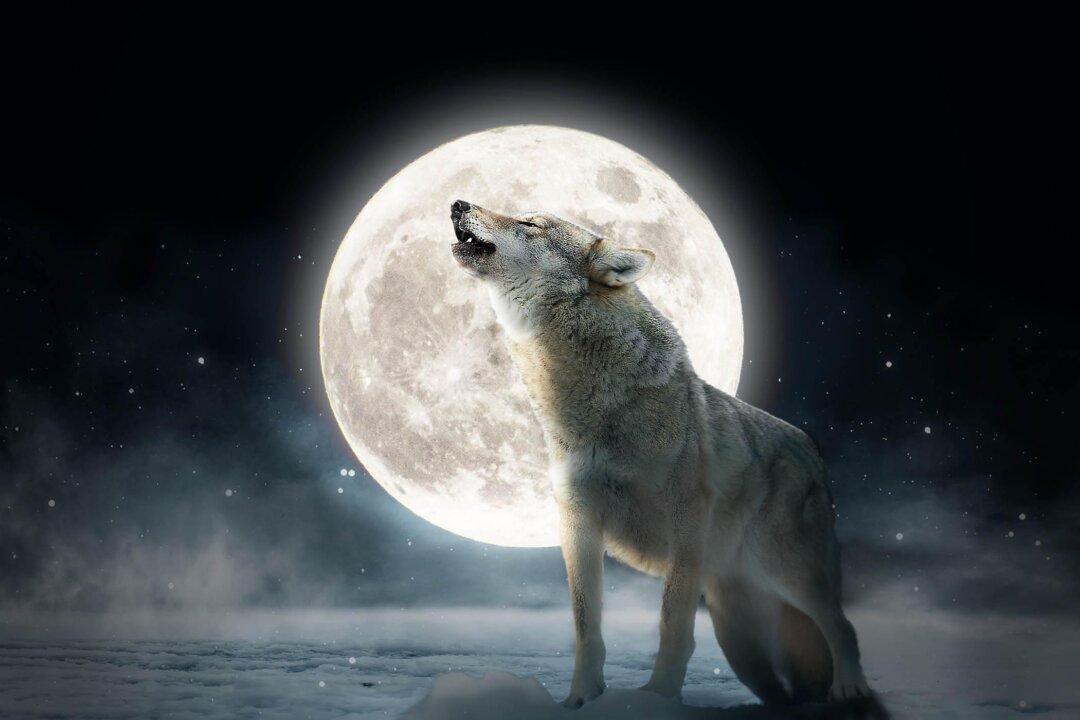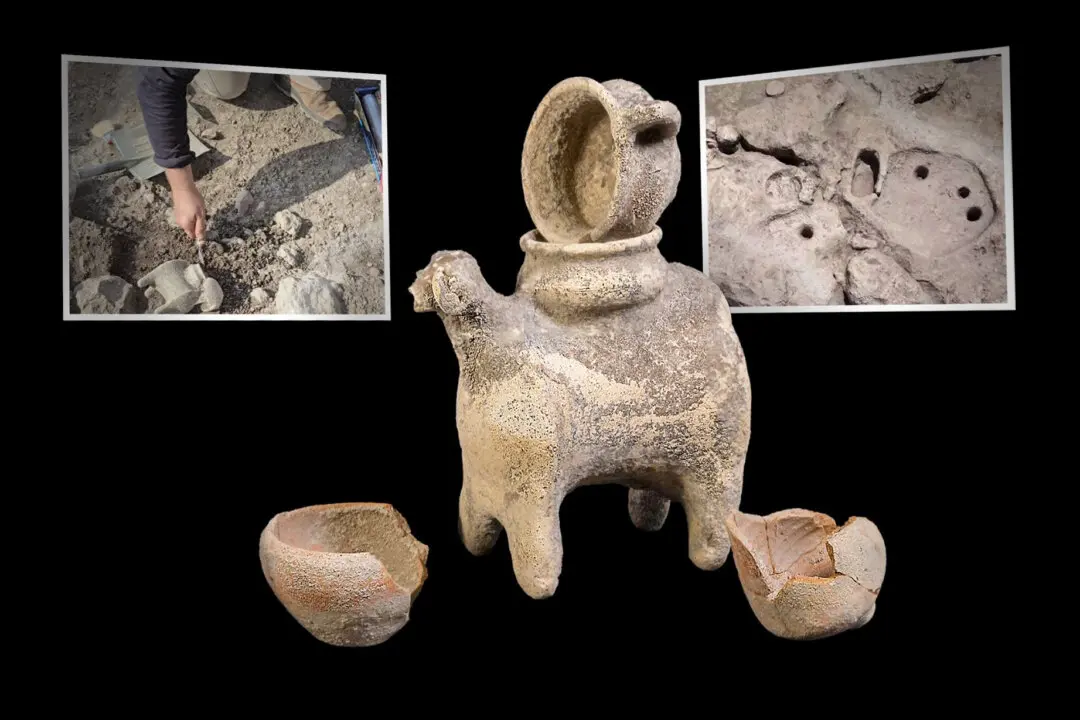The eerily mysterious sounding name “Full Wolf Moon” denotes the full moon that occurs every January—the first full moon of the year! The first thing one might ask about this moon is how it got its ominous-sounding moniker that seems more fitting for Halloween.
Packs of wolves were heard howling outside villages in Colonial American times, and traditionally it was thought this was from hunger during the winter months, according to Farmer’s Almanac. But in fact, today it is known that wolves howl for myriad reasons: to define territory, solidify social bonds, locate members of the pack, and coordinate hunting activities.






